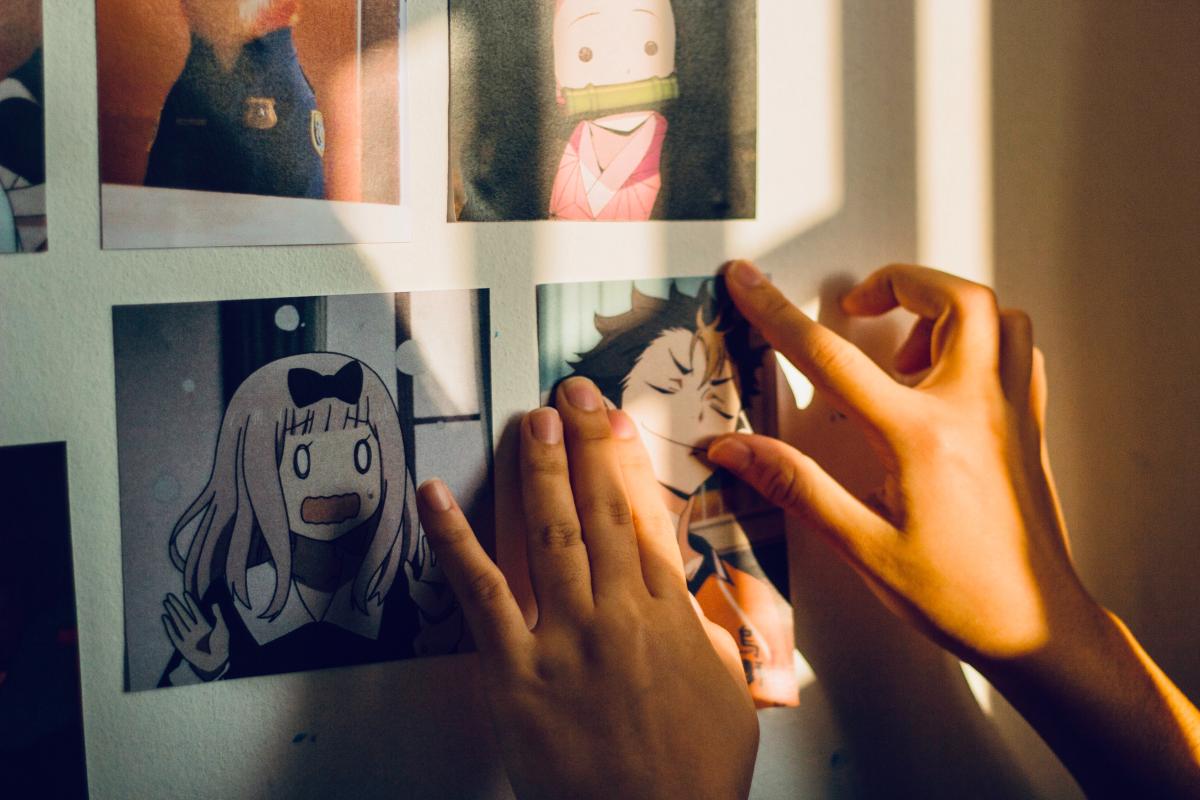
What would the manga universe be without the shōnen...
Ha the shōnen... an immeasurable batch of the most rocambolic stories, an invitation to adventure that grabs us at the dawn of pre-adolescence to never leave us. Naruto, One Piece, Attack on Titan, Fullmetal Alchemist, Death Note, Bleach, Dragon Ball, Hunter x Hunter, My Hero Academia, Sword Art Online: all these Japanese successes belong to the same manga stylistic family and surprise: we are not talking about seinen or shojo. But what are the similarities between these works? What is so exciting in a shonen? We will try to answer this question.
Universal themes
First of all, universal themes are ideas and subjects that touch the largest number of people within the manga universe. In order to identify with the heroes or the stories, these themes are inspired by human life experiences, feelings that we will or have faced. In the otaku community, discussions about anime and manga often include opinions about works considered as masterpieces, but also about those that are less successful. Because of its overly universal nature, shōnen can sometimes fall into stereotypes, particularly that of the ambitious young boy, for example, as in My Hero Academia or One Piece. Whether or not this type of character is boring is subjective and depends on one's taste!
Well-established storylines
It is obvious that shōnen manga is distinguished by several different narratives and stories. However, we could summarize the different and most "standard" narrative patterns in four points:
- A main character develops skills and power to defeat a powerful opponent and become a hero: Naruto, One Piece, Bleach, My Hero Academia.
- A group of characters form a team to overcome challenges together and achieve a common goal: One Piece, Attack on Titan, Fullmetal Alchemist, Naruto.
- A main character must navigate a dangerous world to find and save what is important to him: Naruto, FullMetal Alchemist, Sword Art Online, Hunter x Hunter.
- A main character must overcome obstacles to accomplish an important mission and protect what is important to him: Attack on Titan, Death Note, Naruto, One Piece.
All the beauty of a good manga story lies in the twist that the author will bring to these same narrative patterns, in order to surprise the reader and keep him on the edge of his seat!
The 3 pillars:
Now that we have seen the different typical manga narrative patterns, let's look at the 3 pillars that define the style and make it so popular in Japan and around the world.
1. The friendship
Friendship is one of the key elements of the genre, which is also found in Western comic books and movies such as comic books, Disney etc. In shōnen manga, this element is often used to help the hero break out of his loneliness and face the obstacles that stand in his way. The strength of friendship can be stronger than love and is often presented as a source of confidence and motivation for the characters. Although this theme can be considered a cliché, it is still very popular with audiences for its positive message and ability to reassure and inspire. The use of the power of friendship in shōnens touches our emotional core. No matter how old we are, we want to believe in this power to protect us from loneliness and our own shortcomings. In shōnen stories, this power is often used to pull the main character out of their loneliness, especially if they are young. The power of friendship sends us a positive message that makes us feel good, reassures us, and gives us the belief that anything is possible through our friends. For children, it can help them develop self-confidence.
2. Tournament arcs
The tournament arc is similar to narrative patterns. It offers the audience a break from the main story to focus on a relatively stable plot for an extended period of time. This enjoyable interlude introduces new heroes and powers, which gets fans excited and fuels the buzz around the anime. Famous tournament arcs include the Chûnin exams in Naruto and the Yuei Sports Tournament in My Hero Academia, where characters can prove themselves and be promoted or scouted by professionals. In these arcs, fights between characters reveal their potential, even if some were previously considered unimportant.
3. Engaging, if simplistic, protagonists
Although some find simple-minded and stubborn heroes boring and overrated, they nevertheless shape the identity of the genre. This type of protagonist, however, has an effect on fans who never tire of loving them. Characters such as Naruto and Midoriya are shown as having attractive personalities, which makes us want to know them more. This type of character often has a certain charisma that softens their little flaws and makes them more endearing to the audience. The scenes where these characters eat a lot are popular among the fans, which makes them more human and accessible.
Maybe you want to learn how to draw your favorite manga characters? In that case, nothing better than taking a comic/manga drawing class to learn how to draw them and share your interests. Apolline offers courses in Lausanne, Morges, Montreux, Bienne and Delémont. And to deepen your knowledge even more, you can take part in the comic/manga drawing vacation camps that take place all over the French-speaking part of Switzerland during the school vacations!
Discover our similar articles:
